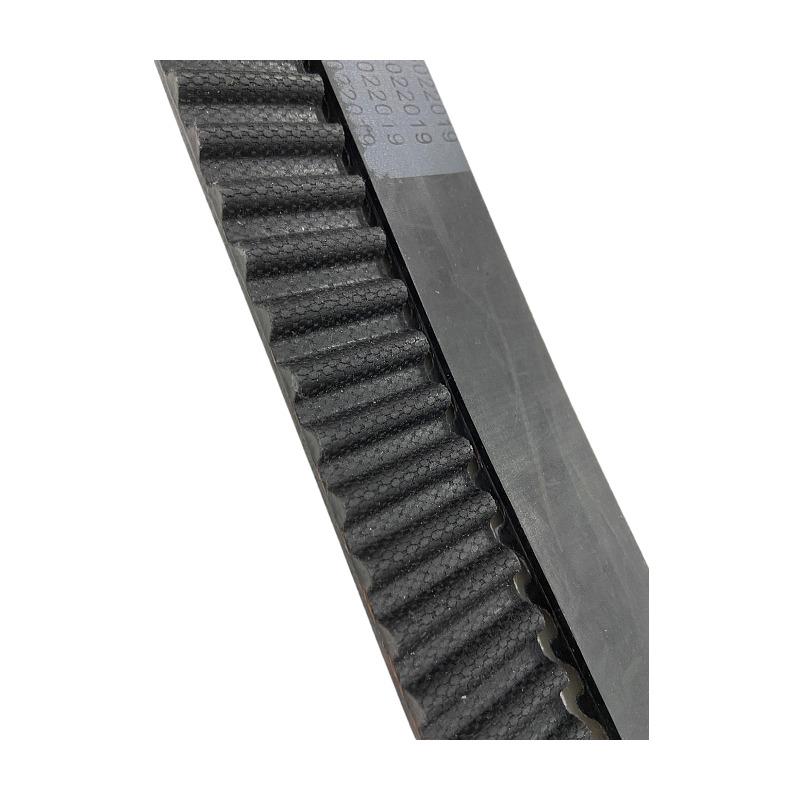- Arabic
- French
- Russian
- Spanish
- Portuguese
- Turkish
- Armenian
- English
- Albanian
- Amharic
- Azerbaijani
- Basque
- Belarusian
- Bengali
- Bosnian
- Bulgarian
- Catalan
- Cebuano
- Corsican
- Croatian
- Czech
- Danish
- Dutch
- Afrikaans
- Esperanto
- Estonian
- Finnish
- Frisian
- Galician
- Georgian
- German
- Greek
- Gujarati
- Haitian Creole
- hausa
- hawaiian
- Hebrew
- Hindi
- Miao
- Hungarian
- Icelandic
- igbo
- Indonesian
- irish
- Italian
- Japanese
- Javanese
- Kannada
- kazakh
- Khmer
- Rwandese
- Korean
- Kurdish
- Kyrgyz
- Lao
- Latin
- Latvian
- Lithuanian
- Luxembourgish
- Macedonian
- Malgashi
- Malay
- Malayalam
- Maltese
- Maori
- Marathi
- Mongolian
- Myanmar
- Nepali
- Norwegian
- Norwegian
- Occitan
- Pashto
- Persian
- Polish
- Punjabi
- Romanian
- Samoan
- Scottish Gaelic
- Serbian
- Sesotho
- Shona
- Sindhi
- Sinhala
- Slovak
- Slovenian
- Somali
- Sundanese
- Swahili
- Swedish
- Tagalog
- Tajik
- Tamil
- Tatar
- Telugu
- Thai
- Turkmen
- Ukrainian
- Urdu
- Uighur
- Uzbek
- Vietnamese
- Welsh
- Bantu
- Yiddish
- Yoruba
- Zulu
ное. . 01, 2024 08:52 Back to list
Understanding AC Serpentine Belts and Their Importance in Vehicle Performance
Understanding the AC Serpentine Belt Its Importance and Maintenance
The AC serpentine belt, often referred to simply as the serpentine belt, plays a critical role in the operation of modern vehicles. Unlike traditional V-belts, serpentine belts are designed to drive multiple peripheral devices, including the air conditioning compressor (AC), alternator, power steering pump, and the water pump, among others. This all-in-one solution has become a standard feature in automotive engineering, largely due to its efficiency and compact design.
What Is a Serpentine Belt?
The serpentine belt is a long, continuous loop made of flexible rubber, with grooves designed to grip the pulleys of the connected accessories. Its design allows it to wrap around multiple components in the engine bay, thus replacing the need for several smaller belts. This integration not only reduces weight but also minimizes the complexity of the engine compartment. The belt is guided around pulleys by tensioners and idler pulleys, which help maintain the necessary tension and alignment.
The Role of the AC Serpentine Belt
The AC serpentine belt is integral to the operation of the air conditioning system in a vehicle. When the engine is running, the serpentine belt rotates, transferring power from the engine to the AC compressor. This process is essential for the circulation of refrigerant through the air conditioning system, allowing for the cooling and dehumidification of the air entering the vehicle cabin. Without a properly functioning serpentine belt, the AC system would fail to operate, rendering the vehicle uncomfortable in hot weather.
Signs of Wear and Tear
Like any component, the serpentine belt is subject to wear and tear. Various factors, including environmental conditions, heat, and overall usage, can lead to deterioration. Common signs that your serpentine belt may need replacement include
ac serpentine belt

- Squealing or chirping noises, especially during engine start or acceleration. - Visible cracks or fraying on the surface of the belt. - A significant decrease in air conditioning performance or power steering responsiveness. - Warning lights on the dashboard indicating engine issues.
Maintenance Tips
To ensure the longevity and effectiveness of your AC serpentine belt, regular maintenance is crucial. Here are a few tips
1. Regular Inspections Periodically check the belt for signs of wear. Replace it every 50,000 to 100,000 miles, or as recommended by the vehicle manufacturer.
2. Tension Check Ensure that the tensioning system is functioning correctly. A loose belt can slip and wear prematurely, while a too-tight belt can lead to excessive strain on the components.
3. Professional Assistance If you're unsure about the condition of your serpentine belt, consult a professional mechanic. They can provide a thorough inspection and recommend necessary actions.
In conclusion, the AC serpentine belt is a vital component for the efficient functioning of a vehicle's air conditioning system and other accessories. Understanding its role, recognizing signs of wear, and adhering to a maintenance schedule can save you from unexpected breakdowns and ensure a comfortable driving experience. Regular care and prompt attention to any issues with the serpentine belt can enhance the overall performance and longevity of your vehicle.
-
High-Performance Metric Variable Speed Belts for Industrial Use
NewsJul.25,2025
-
High-Quality Endless Flat Drive Belt for Precision Power Transmission
NewsJul.24,2025
-
High-Performance Serpentine Belt for Car Engines – Durable & Reliable
NewsJul.23,2025
-
High Efficiency V Belt Drive with Double & Toothed Options for Industry
NewsJul.22,2025
-
Affordable Fan Belt Cost - Compare Prices & Save | Auto Parts Deals
NewsJul.22,2025
-
China Factory 6PK1130 EPDM Rubber Engine Conveyor Belt Supplier
NewsJul.21,2025

